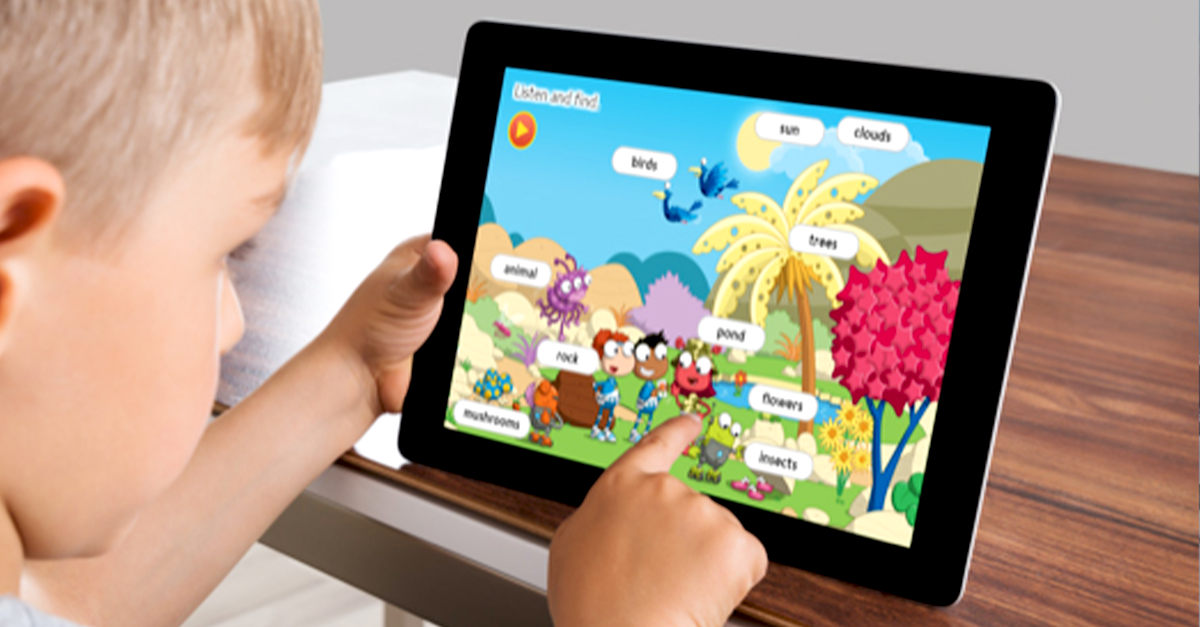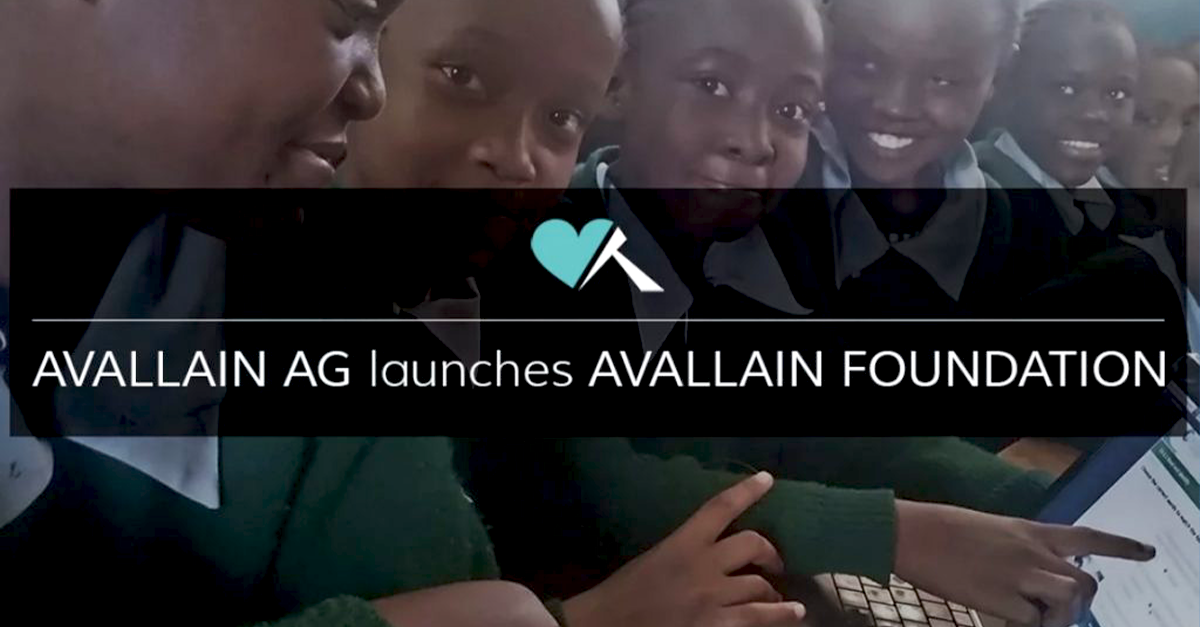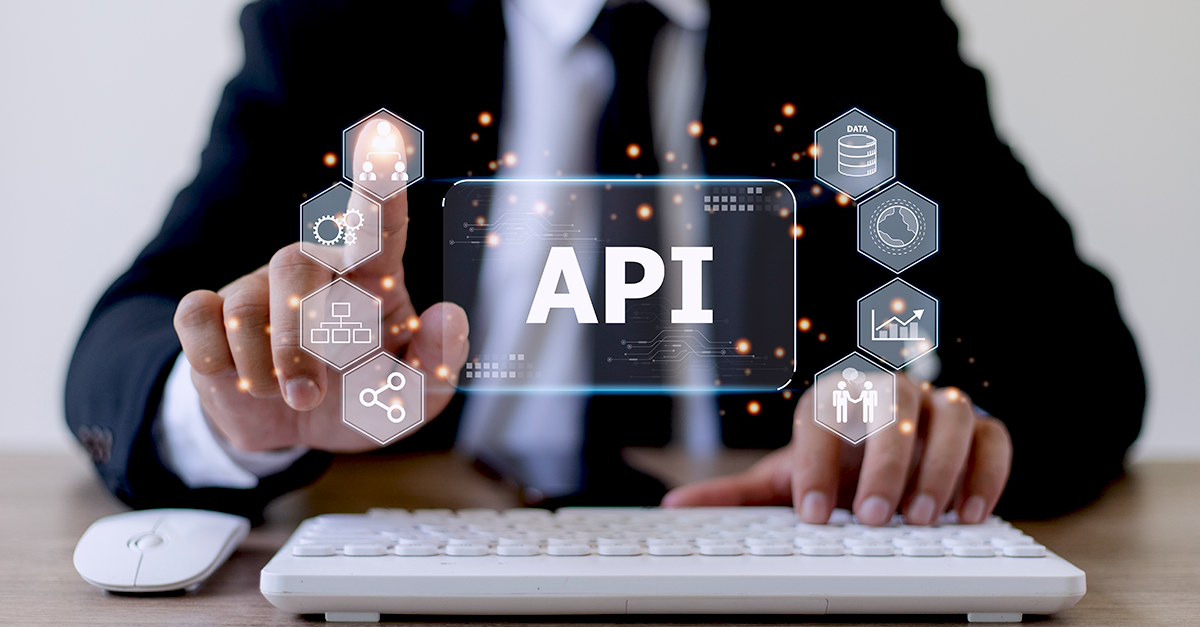Each year, up to 700 students begin their medical careers at the prestigious Charité University of Medicine Berlin, one of the largest university hospitals in Europe. Charité has produced over half of the German Nobel Laureates for medicine and physiology since the prize’s inception.
Every autumn term, high school graduates come to this world-renowned campus from all over the world, and although they all have a history of excellent grades in common, they start their semesters with very different levels of relevant background knowledge.
A Bridge Course created with Avallain Author to overcome different knowledge levels
In order to balance out these differences in knowledge and to prepare international students for the requirements of their medical studies, in 2013, the Charité Dean’s Office for Education and Teaching piloted the Bridge Course, a cutting-edge project developed with Avallain Author.
The course provided students with the opportunity to evaluate their knowledge through graded tests for various basic subjects such as biology, chemistry, physics, anatomy and histology. In addition to that, it offered online content integrated with face to face student-led tutorials in a blended learning format. In this way, the Bridge Course pilot combined the benefits and flexibility of studying online along with those of peer-assisted learning (PAL).
Peer-assisted learning: learning with and from each other
We understand peer-assisted learning to mean collegial learning with and by peers in which students are enabled by their shared social and cognitive backgrounds to engage in meaningful, participative learning. To this end, online tutorials within the pilot maintained an informal educational environment.
Peer-assisted learning should benefit all those taking part — whether they are sharing knowledge or receiving it. Participants in the Bridge Course pilot benefitted mutually either by developing their own skills through creating and preparing their own teaching materials for their colleagues, or by improving their abilities in assimilating and summarising information, anticipating their colleagues’ potential questions and offering answers in an erudite yet understandable manner. Therefore, the course provided all students with the prospect of greatly enhancing their professional competence and communication skills.
Wanted: A user-friendly authoring system that supports students’ individual needs through PAL
As both peers and online tutors, the students had to create teaching and learning materials, thus becoming active authors. For that reason, choosing the right authoring tool was highly important in the Bridge Course pilot; it would contribute significantly to the success of PAL.
From the outset of the pilot, Charité was looking for an authoring system that would:
- Be user-friendly and therefore would require only basic initial training.
- Enable users to create and customise content quickly.
- Offer a variety of capabilities for personalisation.
- Provide high quality visual content, despite having been written by various authors.
The Charité project team evaluated a wide range of authoring systems and opted for Avallain Author. As a local integrator for Avallain, EDU-Werkstatt GmbH, based in Berlin, took over the technical support of the project on-site.
Jan David Gerken, the student coordinator for the project, stated:
The core question of how to facilitate the most efficient learning for students and teachers is linked to how knowledge is transferred through online preparation or follow-up courses, in order to make the presencial element as useful and practical as possible. This requires a powerful authoring tool, such as Avallain Author, which is of the highest quality and enables even the most complex learning content to be implemented interactively.
Over 80% utilisation rate: Avallain Author for PAL usage
The Bridge Course pilot was a resounding achievement. It was implemented successfully within the given budget and time limits. The students were enthusiastic about the quality of the learning opportunities provided through the courses and, consequently, the utilisation rate was 83.9% of registered learners.
Ignatz Heinz, co-founder and Managing Director of Avallain, is satisfied with these positive results:
This confirms that Avallain Author can be tailored according to the individuality of students and thus successfully supports peer-assisted learning. Without programming knowledge and with only a short training period, high-quality learning and teaching materials were created, and the students were able to quickly and effectively make their own knowledge available to other scholars.









